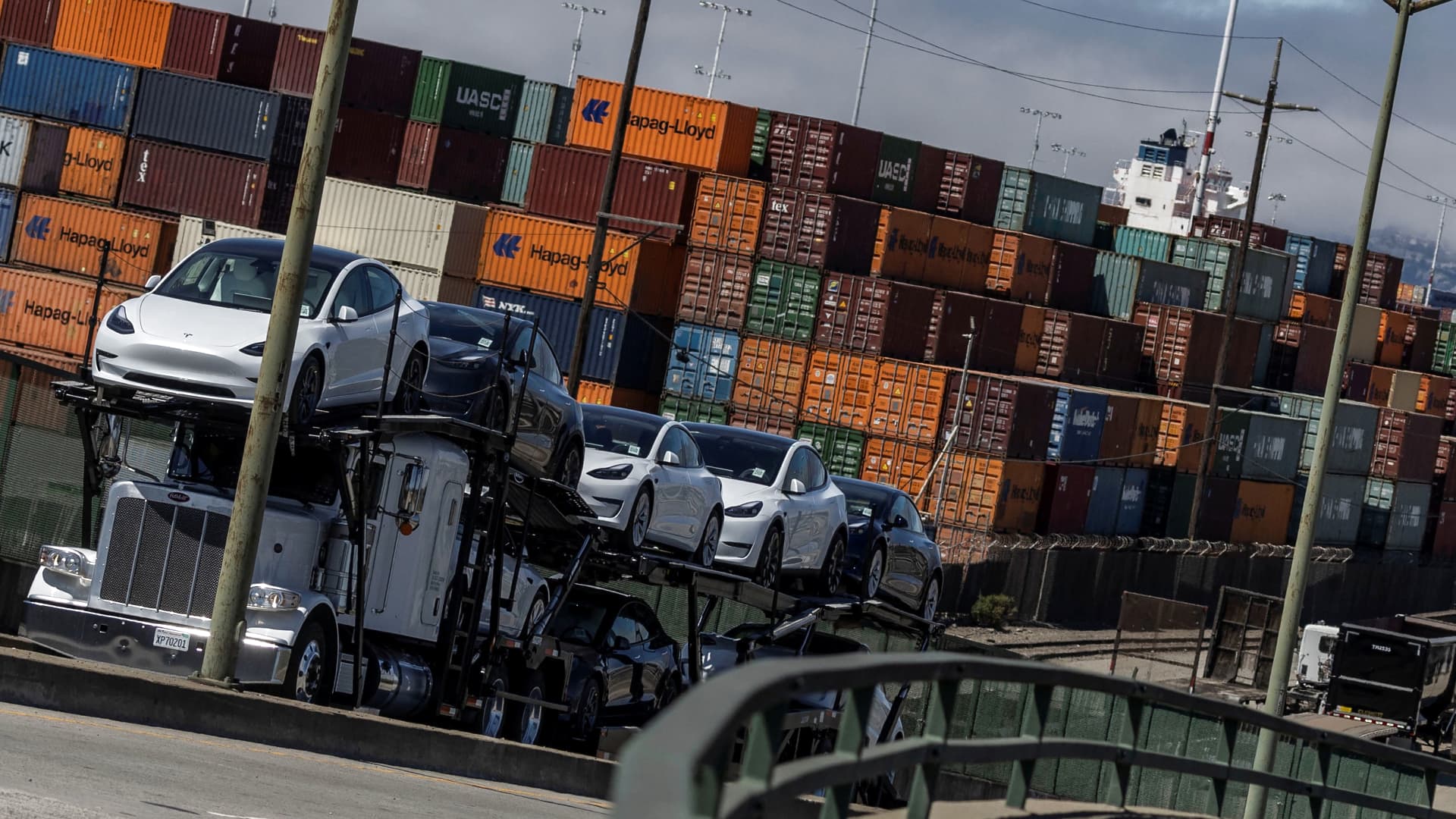A group of passers-by outside a children’s clinic turned bomb shelter in Kyiv were grappling with a question that has been haunting Ukraine’s capital for over a day: Who is responsible for the deaths of their neighbors?
Early Thursday morning, three people, including a woman and her child, were killed in an explosion near the entrance of their neighborhood shelter after being locked out during an air raid. At least a dozen others were injured.
The deaths have shaken a city accustomed to air raids and missiles, leading to multiple investigations, four detentions, and widespread mourning. President Volodymyr Zelensky has called for law enforcement to bring those responsible to justice.
“Unfortunately, even today – after everything that has happened – Kyiv residents repeatedly post information about the lack of access to shelters,” Mr. Zelensky said in a speech on Friday night. “This level of negligence in the city cannot be covered with any excuses.”
By Friday afternoon, three distinct memorials of flowers, children’s stuffed animals, and candles had been erected near the clinic doors. One woman, standing outside the police line, cried quietly. A young boy drew the Ukrainian flag in blue and yellow chalk on the sidewalk next to one informal tribute, writing “Glory to Ukraine” in blocky text.
“My daughter was delayed by 30 seconds, which saved her life. If they were running together, she would be dead too,” said Larysa Sukhomlyn, 64, whose daughter, Olya, often went to the clinic’s basement during air raids.
Since Russia invaded Ukraine last year, the war has been defined by moments of happenstance and terror: Mere minutes or yards sometimes dictate who lives or dies, from frontline battlefields to Ukraine’s dense cities and Russia’s border regions, where some authorities have recently described Ukrainian shelling and announced evacuations.
But the deaths of the three Ukrainians in Kyiv, Natalia Velchenko, 33, Olha Ivashko, 34, and Olha’s 9-year-old daughter, Viktoria, seemed to have had enough time to get to safety on Thursday morning.
Their deaths reflected the worst-case scenario of what happens when Kyiv’s residents have to navigate a web of hundreds of bomb shelters scattered around the city. These shelters have become increasingly important as Russia has ramped up aerial attacks in recent weeks, following an already brutal winter of long-range strikes and power outages.
Some of the shelters are closed, while others are in poor condition. It is often confusing to find those responsible for their upkeep, according to several Kyiv residents. This inaction has left the burden on local residents to coordinate with each other so they know where to find safety.
“Was it necessary for people to die so that the shelters start to be kept open around Kyiv?” asked Tetiana Kukuruza, 26, who lives in the city’s center. “They should have dealt with this matter before the full-scale invasion, not almost a year and a half later.”
2023-06-02 19:14:49
Original from www.nytimes.com
rnrn


















